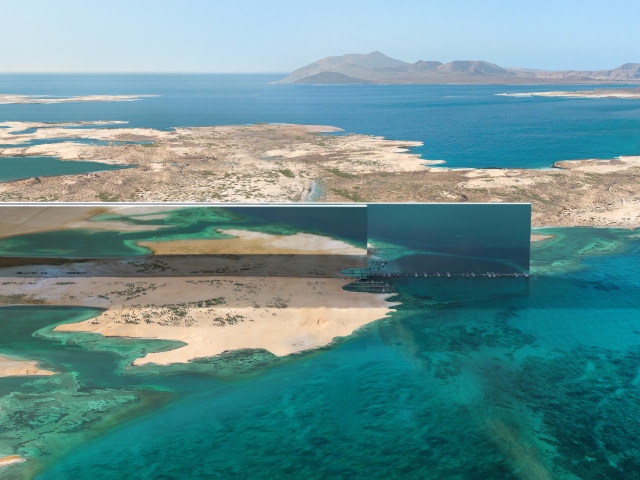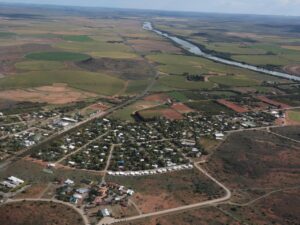[imagesource:facebook/neom]
Saudi Arabia’s plans to build a 170-kilometer long mirrored skyscraper across the desert near the Suez Canal, seems to have been only based on the idea that ‘it will look cool’.
This is according to a recent paper that shows how building a city in a straight line is probably the worst plan you could follow.
The Line is to be part of a new high-tech city named NEOM. The idea is that the planned nine million residents of the skyscraper will be able to access all the facilities they need within a five-minute journey, while a high-speed train will also shuttle people from one end to the other in 20 minutes.
Crown Prince Mohammed bin Salman claimed the city “will tackle the challenges facing humanity in urban life today and will shine a light on alternative ways to live.”
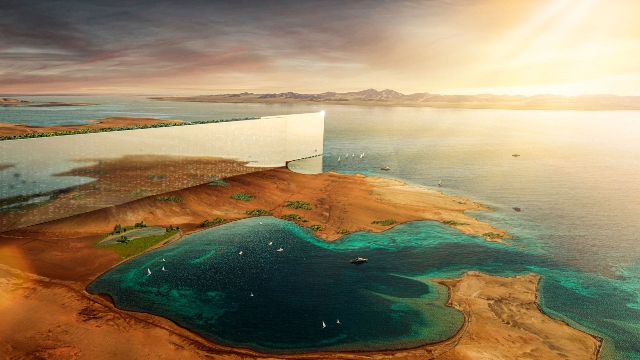
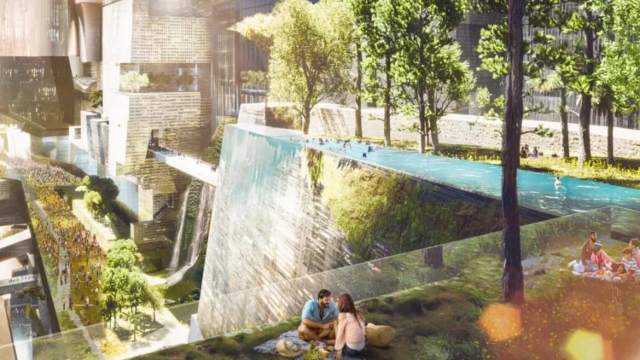

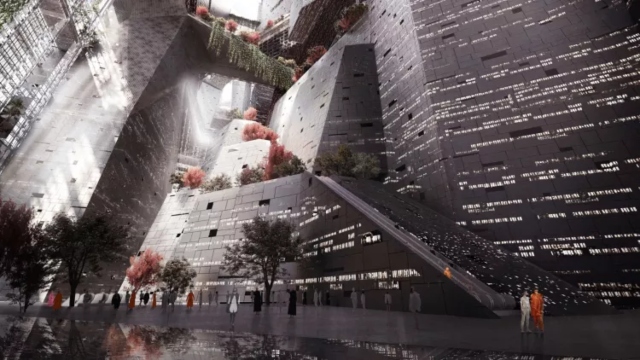
According to the paper the design makes visiting work, schools, and other people incredibly inefficient, forcing people into long commutes and diminishing their quality of life.
“If its 9 million inhabitants are homogeneously distributed in the city, each kilometer will have roughly 53,000 people. If we randomly pick two people from the city, they will be, on average, 57 km apart. Although The Line occupies only 2 percent of the surface of Johannesburg, if we pick two random people in Johannesburg, they are only 33 km apart,” the team explains in their paper.
“Keeping the surface fixed, a line is the contiguous urban form that maximises the distance between its inhabitants. In The Line, people are as far away from others as possible.”
The team estimates that traveling from one random location in The Line to another would take over 60 minutes, even with 86 train stations distributed throughout the complex.
“Regardless of the number of stations on The Line, at least 47 percent of the population will have a commute longer than 60 min so most people will live too far from their destination.”
The authors of the paper are from Complexity Science Hub, who look at these kinds of designs beyond just how cool they will look. They also have concerns about energy consumption, with taller buildings requiring more energy than more environmentally friendly medium-sized buildings.
Rather than simply pointing out problems, they also proposed fixing the situation by bending the line around.
“A circle that occupies the same surface as The Line (34 km2) has a radius of only 3.3 km,” the team wrote. “In The Circle, the expected distance between two random people is only 2.9 km.
In The Circle, a person is at a walking distance of 24 percent of the population (within 2 km), they could reach 66 percent of the destinations easily.
The Circle would also make high-speed railways redundant, as residents could walk or cycle most of the journeys, and take buses for the rest.
Sounds easy enough, but with construction seemingly already begun, we doubt if they are going to bend The Line according to the paper’s guidelines.
If you haven’t heard of the NEOM project yet, here is a quick explanation:
Maybe the Silicon Valley billionaires might incorporate the ideas into their planned utopia outside of San Francisco.
[source:ifls]

